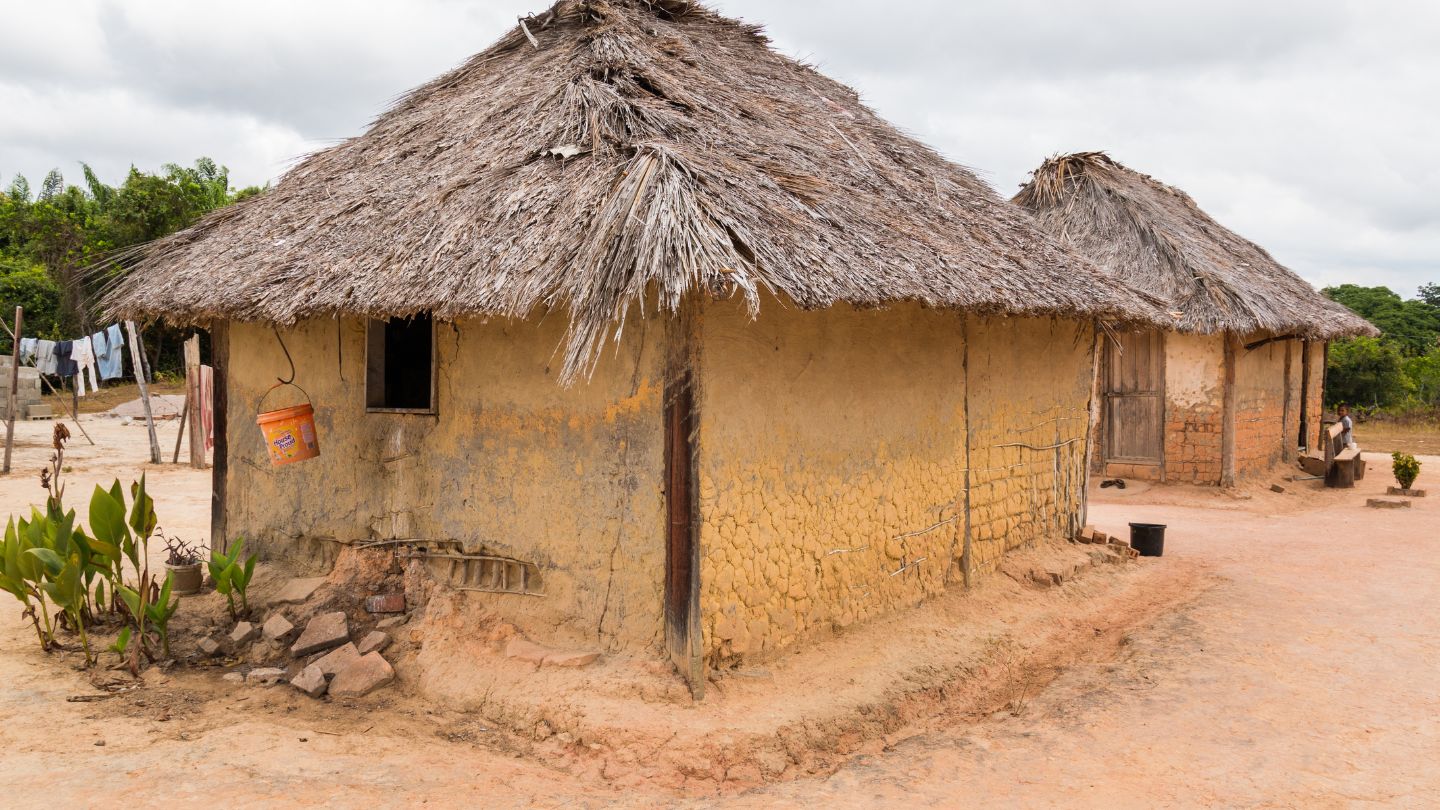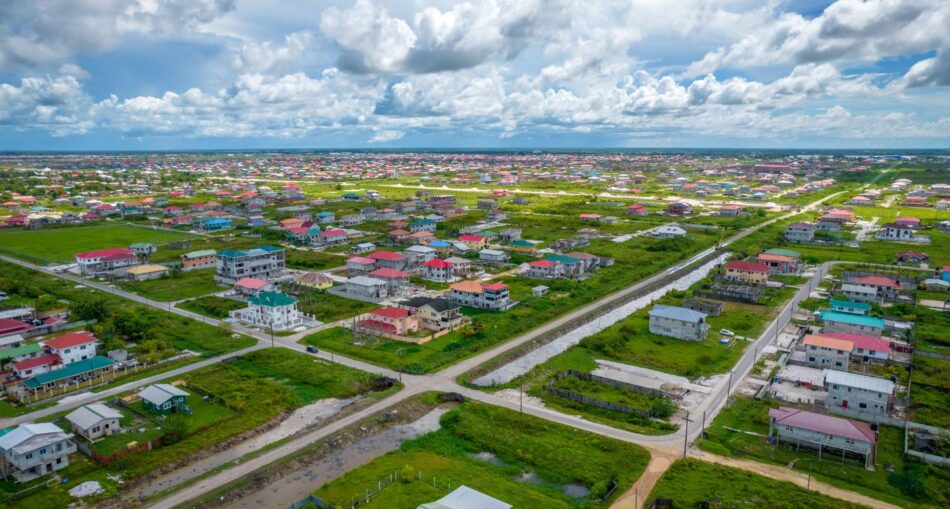Nestled between the Atlantic Ocean and the Amazon rainforest, Guyana faces a unique mix of opportunities and challenges when it comes to housing. The nation’s rapid development demands new dwellings, yet environmental consciousness and cultural sensitivity are crucial. So, how can we build homes in Guyana that are good for both people and the planet?
Guyana’s housing sector has risen over the last few years, driven by rapid economic growth and a growing population. The government has ambitious plans to address the housing shortage and create sustainable communities.
The Need for Sustainable Solutions
Traditional building methods often rely on imported materials and energy-intensive practices. This not only depletes local resources but also contributes to greenhouse gas emissions, impacting Guyana’s already vulnerable ecosystems. Additionally, rapid urbanization puts pressure on existing infrastructure and can lead to inadequate living conditions. As a nation, we must become conscious of where the current trend can take us in the near future.
Local Wisdom, Modern Solutions
Fortunately, Guyana has a rich cultural heritage of sustainable building practices. Indigenous communities have long utilized locally available materials like wood, branches, and clay, adapted to the climate and minimizing environmental impact. Combining this knowledge with modern technologies like prefabrication and renewable energy sources offers exciting possibilities.
Exploring Sustainable Options
Here are a few promising solutions for Guyana’s sustainable housing future:
- Vertically Integrated Communities: Imagine self-sufficient neighbourhoods integrated with urban farms, renewable energy systems, and waste management solutions. These create closed-loop systems, reducing reliance on external resources and fostering a sense of community.
- Timber as a Sustainable Resource: Guyana’s forestry sector can be a source of sustainable building materials through responsible management practices and utilizing certified wood sources.
- Adapting Traditional Techniques: Modernizing techniques for using bamboo, ité, clay, and other local materials can improve durability and performance while honouring cultural heritage.
- Harnessing Natural Resources: Solar panels, rainwater harvesting systems, and biodigesters can reduce reliance on traditional energy sources and promote water conservation.

Indigenous Homes
Challenges and Opportunities
Implementing these solutions requires overcoming certain hurdles. Access to financing, skilled labour, and awareness among communities are crucial factors. However, the potential benefits outweigh the challenges. Sustainable housing can create jobs, empower communities, and protect the environment for future generations.
Taking Action
Individuals, communities, and policymakers all have a role to play. Supporting local initiatives, adopting sustainable building practices, and advocating for green policies can pave the way for a brighter future.
Join the Conversation
What are your thoughts on sustainable housing in Guyana? Share your ideas, concerns, and solutions in the comments below. Together, we can build a future where Guyanese people live in harmony with their environment and enjoy healthy, comfortable homes.
Remember: This is just the beginning of the conversation. Let’s keep exploring and building a sustainable future for Guyana, one home at a time!







